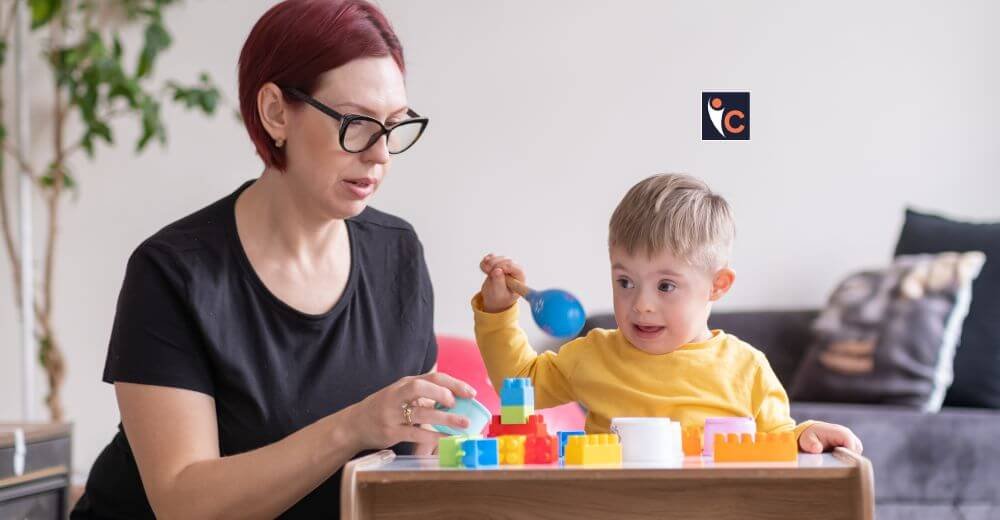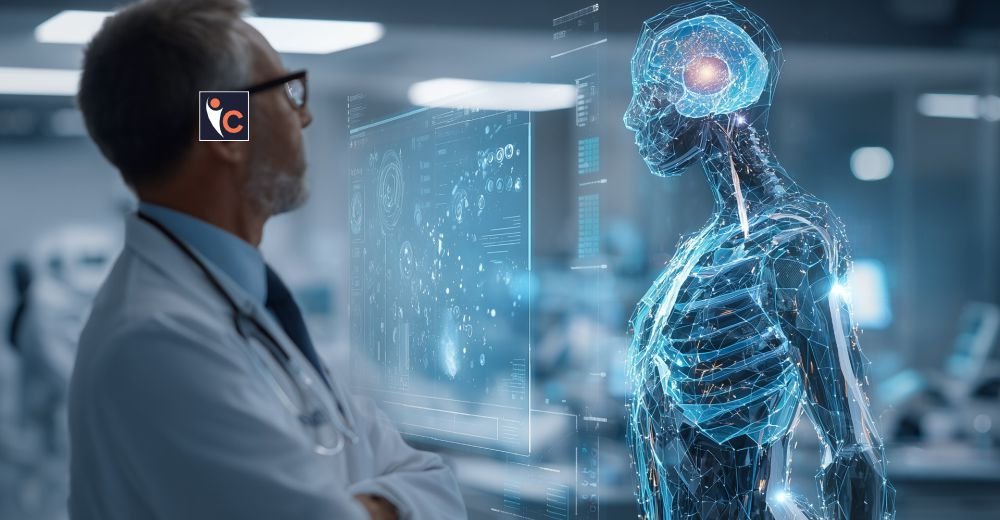Cerebral palsy (CP) is a neuromuscular disorder which has implications in movement, the tone of muscles and body posture which are a result of brain damage occurred before or during birth. Cerebral palsy was treated in most of the previous decades by merely treating its symptoms through physical therapy, medication and even surgery at times. Nevertheless, with breakthrough treatments and technological advancements, 2025 will transform the disability management arena positively as of today; it is altering the way the clinicians treat cerebral palsy, an affliction that was otherwise untreatable.
Knowing About Cerebral Palsy and its Difficulties
Similarly, cerebral palsy is extremely diverse in its character, ranging to the mild restriction of motoric abilities to full mental and physical incapability. As the cause of CP is brain damage and consequent impairment of the nervous system as the control over muscle movement and movement of the large majority of the body, the usual therapy is concentrated, first of all, on the optimization of muscle work and prevention of such complications as spastic or contractures. Despite these newer approaches, the traditional techniques are generally ineffective in restoring useful functional and, or quality of life of most patients.
New possibilities, though are being opened up by emerging technologies, which fix the causes of CP at the source and induce nerve repair, utilize new technology to give a more effective therapy. These devices can enhance motor control, the concept of thinking and self-sufficiency in new, fresh aspects.
Stem Cell Therapy: Healing Damaged Brain Tissue
Stem cell therapy is one of the most promising areas of development that transform CP treatment. Stem cells are capacitated to develop into wide varieties of cells and rebuild tissues. With cerebral palsy, researchers are examining the use of stem cells in replacing degenerated parts of the brain as well as reworking-up the neurons.
Within a next decade, a number of clinical studies already proved the safety and efficacy of some stem cells in alleviating motor deficits e.g., bone marrow/ or cord blood-derived mesenchymal stem cells (MSCs). The treatments seem to promote neuroplasticity, or reorganizational ability of the brain and new nerve connections, which is essential for recovery.
Though still in the developmental phase, stem cell therapy is very promising as a disease-modifying therapy, rather than just palliation of symptoms. Potential to drive brain repair at a cellular level is a paradigm shift in the management of CP.
High-Tech Neurorehabilitation and Brain-Computer Interfaces
Apart from biomedical treatment, there are also new technologies that are revolutionizing the art of neurorehabilitation. Brain-computer interfaces (BCIs) have been a revolutionary technology that directly interfaces brain waves with external devices, circumventing damaged motor pathways.
BCIs are utilized in 2025 in physical therapy rehabilitation so that patients with CP can optimize motor function. Patients, for instance, are able to operate robotic exoskeletons or computer pointers with their brains, which creates new opportunities for physical therapy along with communication. The interfaces offer neuroplasticity through feedback provided in real time, which relearns the brain.
Genetic and Molecular Therapies
Genetic and molecular methods also hold great promise for treating cerebral palsy. Scientists have found specific genes and molecules that cause certain types of CP. These findings could lead to gene therapies that fix or improve these problems.
Simultaneously, drug development and basic research of neuroprotective agents that inhibit oxidative stress and brain inflammation are in progress. They would be targeted to limit secondary damage following the primary brain insult and start healing.
Gene editing technology like CRISPR, as yet in its infancy, holds the potential to edit disease genes responsible for cerebral palsy directly in the future and enable highly specific and personalized therapies.
Personalized Medicine and AI-Prescribed Treatment
Personalized medicine has come to cerebral palsy care. Sophisticated imaging, genetic testing, and artificial intelligence (AI) allow doctors to tailor treatment for optimal outcomes.
Monster databases are unearthed by AI programs to predict treatment success, identify warning signals, and recommend best treatments for each patient. Data-driven medicine maximizes therapy benefit without duplicate steps.
In addition, artificially powered autonomous robot companions are being developed to aid in daily functioning and therapeutic activity to further promote independence and quality of life.
Looking Ahead: Challenges and Opportunities
Although unprecedented advances have been achieved, obstacles to general availability and affordability of cost for the novel treatments do remain. Safety issues of long-term use, ethics of utilizing gene therapy and stem cells, and demands for additional rigorous clinical trials remain. But the frantic pace so far experienced to 2025 is rich with untapped promise. With further studies ongoing and new treatments being developed and perfected, the future has probably altered radically positive things for the patient with cerebral palsy—to have richer, more independent lives.





